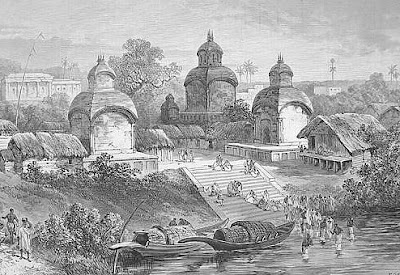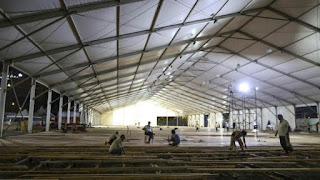Bar Code
Bar Code
A bar code is a code in a printed form which can be easily read
by a machine connected to the computer. The information or data is encoded
using the width of printed bars, the width of spaces between bars, and the
relative positions of wide or narrow bars and spaces (i.e. a unique wide or
narrow combination of black and white bars). You can easily see this kind of
bar codes on all imported goods, journals and books. Almost every field use
this technology for their products. These bar code are the most cost effective
and least expensive way of encoding information since the bar code labels can
be printed on plain paper, which the machine can easily read and encode the data
or information.
Bar code symbologies are essentially alphabets in which
different widths of bars and spaces are combined to form characters and
ultimately, a message. Because there are many ways to arrange these bars and
spaces (which are printed in a defined ratios), numerous symbologies are
possible “Bar Codes” are graphical patterns whose principle function is to
convey data, and “symbologies” are sets of rules that relate these patterns to
their encoded message. About a dozen barcode symbologies are internationally
standardised and in widespread use. An attempt has been made to broadly categorise
barcode symbologies, then briefly identify those in common use and their main
strengths.
Bar code designers have insisted that the symbologies be
bi-directional that is the bar code message should be capable of being read
either from the left to right or from right to left with no difference in
performance. Many bar codes have the bars arranged vertically from top to
bottom or vice versa. To accomplish this bi-directionality each symbology
provides a separate start or stop character, in addition to the message
characters. The start character is referred to as the unique character to the
left and the stop character is the unique character to the right of the bar
code.
One dimensional (1D) bar codes are constant from top to bottom,
a line up of bars with varying widths and spacing like the ubiquitous Universal
Product Code (UPC) symbols used in grocery stores. On other hand, 2D
symbologies are two distinct flavours:
1. Stacked – 2D symbols are composed of multiple
1D rows and are fully decidable from multiple linear scan paths (e.g. laser
scans) through the symbol in approximate alignment with its rows.
2. Matrix – 2D symbols are composed of a grid
arrangement of light and dark modules, like a checkerboard, and require a 2D
camera or image based reader. In general, 2D matrix symbols take up less than
half the area of stacked symbols for the same data and image readers read all
symbols in any orientation.
The UPC (Universal Product Code) was the first bar code
symbology to be widely adopted by the grocery industry and formally established
UPC as the standard bar code symbology to mark products.
Applications of BAR CODE
1. Asset management,
2. Access control,
3. Cataloguing,
4. Check IN/OUT,
5. Document tracking,
6. Finger print identification,
7. Item tracking,
8. Robotics,
9. Security,
10. Personal identification,
11. Production control and work in progress, etc.
© Every 1 Creature










Comments
Post a Comment